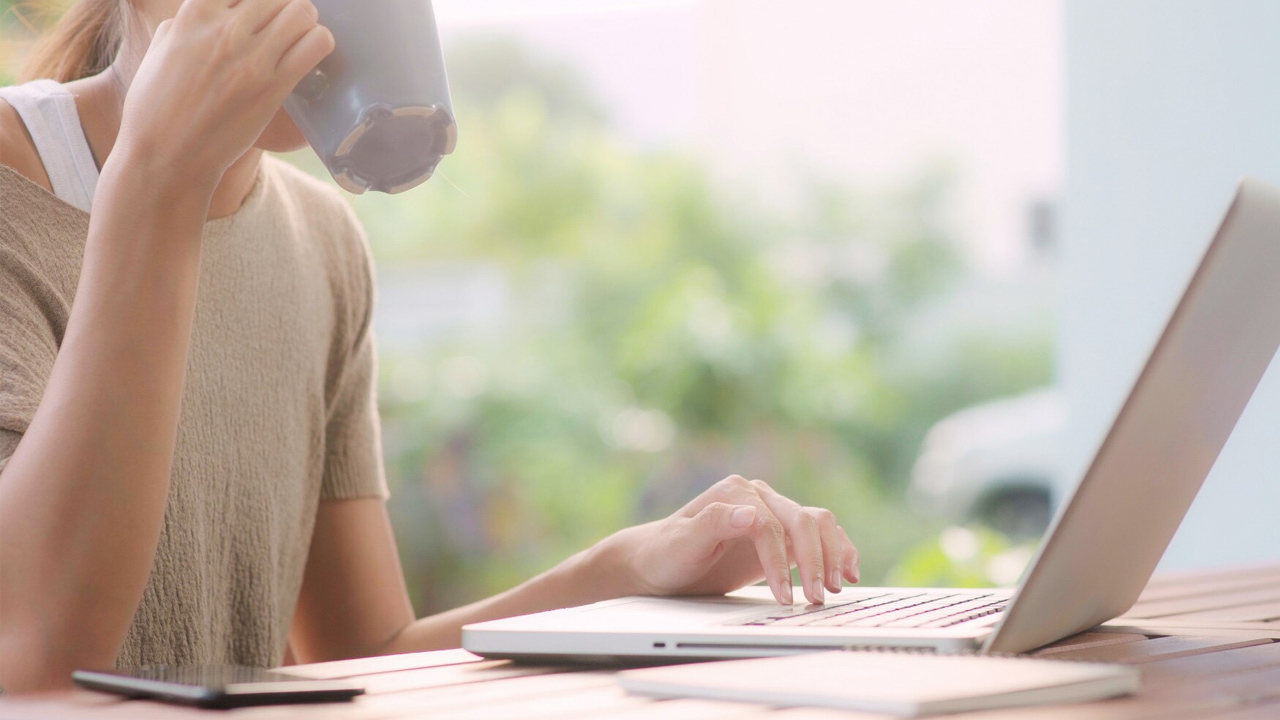
The ugly truth: No one likes to talk about mental health.
While the stigma about it still hasn’t totally disappeared, people still shy away from mental health for a number of reasons: Shame, worry, and guilt. We became so accustomed to what others might say about us–that we forget about what’s important.
The good thing? We can always do better. More than fancy CRMs and expensive tools, addressing mental health in the workplace can bring out the best efficiency to everyone.
Table of Contents:
1. The importance of mental health
2. Why should employers be concerned about mental health?
3. What are the ways to provide a mentally healthy workplace?
Read more: Importance of Mental Health in Your Employee’s Productivity
The importance of mental health

Mental health is just as important as physical health. If you want to improve your workplace’s overall health, you need to treat mental health just as seriously. Poor mental health not only hurts individuals, but also reduces companies’ profits. It’s important that every member of the board of directors, including the janitor, get involved to incorporate mental health awareness into the workplace. It’s important to engage your health and safety committee and workers – we’re all responsible for our own health and safety, including our mental health.
There is no one right way to create a mentally healthy workplace because every workplace is unique - from the people doing the job to the work that has to be done to leaders running the organization, to the size of the organization and the external environment that influences its community. All of these factors affect employee mental health.
There is also a legal requirement for employers to protect their employees’ mental and physical health. Many provinces’ occupational health and safety acts now include psychological harm in their definitions of harassment. If there is no specific law governing psychological health in the workplace in your jurisdiction, then the general duty clause would likely apply.
How do you build a healthy workplace?
1. Give importance to work-life balance
Praising employees for working late and arriving early, or expecting them not to work at night hurts your company in the short term. If you don’t maintain a healthy work/life imbalance, productivity is likely to decrease, and employees are more prone to burnout.
Encourage employees to take regular vacations where they can unplug from the office and relax. Don’t expect everyone who works for you to answer emails at all hours of the day and night.
Encourage everyone to take time out for themselves. Employees who engage in hobbies, enjoy their free time with friends and family and take time to look after themselves tend to be happier and more productive.
2. Specify mental health in the office
Don’t be afraid if you feel stressed or depressed. You don’t need to keep it bottled up inside. Let people know they’re not alone when they struggle to stay mentally healthy.
Train managers to recognize the signs of mental health issues and help them take action if they see someone who may be suffering from one. A caring conversation between a supervisor and an employee could encourage the employee to seek help for any issues they may be having.
3. Provide free mental health programs
Most mental health issues aren’t treated because employees don’t realize that they’re experiencing them. They may pretend their problems are due to stress or they may tell themselves that their problems will just disappear on their own.
Mental Health America offers online screening tools that can help employees assess their risk factors for mental health issues. Recognizing that you may be at risk for certain issues can help you seek treatment.
5. Prioritize Wellness
Exercise, healthy eating, and participation in leisure activities are a few simple ways to build mental strength and improve mental health.
So make it a priority to help people develop good habits. Whether you offer incentives to employees who participate in wellness programs, or you offer free gym memberships, make wellness a top priority for your organization.
6. Provide internal events
Make sure employees learn about their own well-being, mental health, and resiliency.
Hiring a therapist for half-days once a year could go a very long way toward helping you prevent problems and emphasize the importance of building healthy habits into your daily life.## Inputs
These training programs could help companies save money in the long run while also helping employees reach peak performance.
Factors that affect mental health
- Environment
- Biological Factors
- Family History
- Lifestyle
Measuring mental health through employee feedback
Send out monthly surveys
Understanding mental health can be tough—but employers should do their best to educate their employees about it. To gauge the employees’ knowledge about mental health, sending out monthly or weekly surveys can be helpful. Through surveys and questionnaires, employees can freely share their thoughts about mental health, and be open about it for discussions. Here are examples of surveys you can send out to your employees:
Engagement surveys
This survey helps you evaluate the knowledge of your employees about mental health. Some sample questions may include:
- From 1-5, how will you rate your organization’s policies regarding mental health support?
- Do you feel comfortable talking about mental health in the office?
- Does your manager give importance to mental health in your team?
Pulse surveys
Taking pulse surveys is an interactive way to get your employee’s perceptions about mental health. Some questions that you may use include:
- Are you satisfied with your organization’s efforts towards mental health?
- React with heart if you’re interested about mental health, and thumbs down if not.
Survey forms
Survey forms are a classic way of sending out surveys to your employees. You can easily make survey forms online with various questions. Some questions that you can use are:
- Yes or no: Do you know where to send out questions regarding mental health?
- Discuss any concerns relating to your mental health, if you’re comfortable with it.
Pro-tip: PlatoForms allows you to create online fillable PDF forms for surveys and questionnaires. With our powerful features, you can let your employees submit their online PDF forms through email or shareable links.
Create online PDF survey forms with PlatoForms
PlatoForms allows your employees to submit online PDF forms that they can use for surveys and questionnaires. Allowing you to convert PDFs to online forms, you can simply




